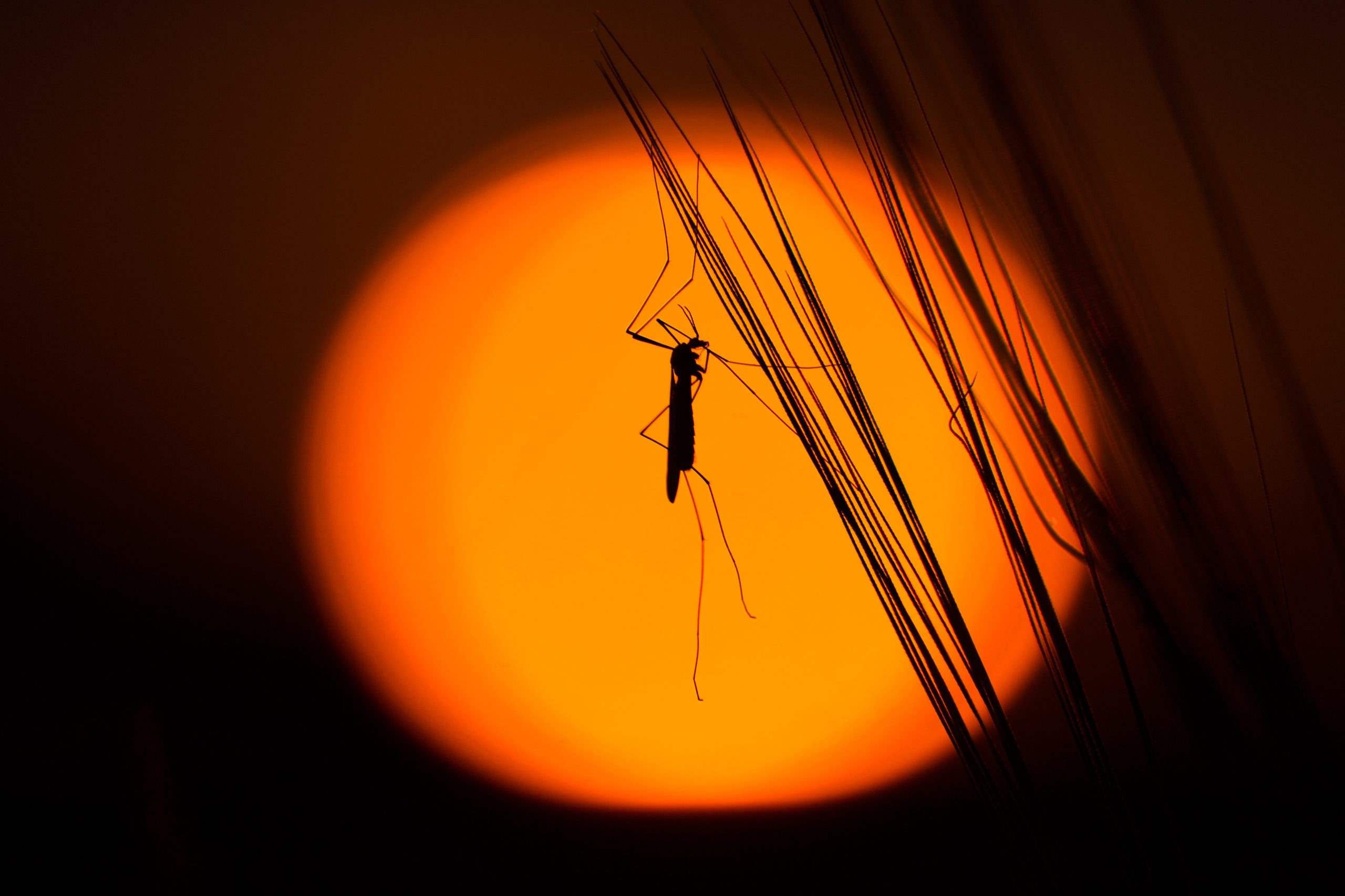First cases of West Nile Fever (WNF) have already reached Andalusia this year, many months earlier than last year. The first to witness WNF was the municipality of Lebrija in Seville, with a 5-year-old boy diagnosed positive for the virus.1 What is the West Nile Fever and what is this phenomenon caused by?
WNF is a mosquito-borne virus disease. Mosquitoes become infected when they feed on infected birds, and can then transmit the virus to humans, Even though humans can get infected, they cannot spread the virus, except in rare circumstances (organ transplantation).2
Since it was first identified in Africa, in 1937, the virus is present in every continent, except Antarctica. Europe reported 709 cases last year.3 Andalusia, where cases have traditionally been sporadic, registered only two cases in August 2023, in stark contrast to the 71 cases reported in the 2020 outbreak.2
Although most people (80%) who are infected with the virus do not show symptoms, 1% develop serious, neurological complications that can be fatal.2
WNF is a re-emerging viral disease in Europe, and one of the most likely causes of this is the ever-changing weather patterns. A study conducted by Erazo et al. has shown how population growth in conjunction with climate change has increased the risk of WNF circulation in Europe, particularly in the Mediterranean regions of Europe. An increase in temperature and precipitation is the most influential element leading to the creation of an ideal habitat for the proliferation of Culex sp. mosquitoes, which serve as the organism that carries and infects the disease (vector) 4.
The Regional Government of Andalusia has presented the Andalusian Strategic Plan for the Surveillance and Control of Arthropod-Borne Diseases with Impact on Health, a programme which includes this disease. This tool hopes to mitigate the impact of WNF (as well as many other emerging vector-borne diseases such as dengue or leishmaniasis) on the Andalusian population through surveillance, control and communication action measures.5
References:
- Andalucía confirma un caso de virus del Nilo en Sevilla. RTVE [Internet]. 19 Apr 2024. Available from: https://www.rtve.es/noticias/20240419/andalucia-confirma-caso-virus-nilo-sevilla/16067536.shtml
- Centro Nacional de Epidemiología, Instituto de Salud Carlos III. Informe epidemiológico sobre la situación de la fiebre del Nilo occidental en España. Años 2021 y 2022. Red Nacional de Vigilancia Epidemiológica; 2022. Available from: https://www.isciii.es/QueHacemos/Servicios/VigilanciaSaludPublicaRENAVE/EnfermedadesTransmisibles/Documents/INFORMES/OTROS%20INFORMES/Fiebre%20Nilo%20occidental%20resultados_RENAVE%202020.pdf
- Epidemiological update: West Nile virus transmission season in Europe, 2023. ECDC [Internet]. 20 Feb 2024. Available from: https://www.ecdc.europa.eu/en/news-events/epidemiological-update-west-nile-virus-transmission-season-europe-2023-0#:~:text=Epidemiological%20update%3A%20West%20Nile%20virus%20transmission%20season%20in%20Europe%2C%202023,-Epidemiological%20update&text=During%20the%202023%20West%20Nile,by%20nine%20European%20Union%20countries.
- Erazo D, Grant L, Ghisbain G, et al. Contribution of climate change to the spatial expansion of West Nile virus in Europe. Nat Commun. 2024;15:1196. Available from: https://doi.org/10.1038/s41467-024-45290-3
- Servicio de Salud Ambiental, Subdirección de Protección de la Salud, Dirección General de Salud Pública y Ordenación Farmacéutica, Consejería de Salud y Consumo. Plan Estratégico Andaluz para la Vigilancia y Control de Enfermedades Transmitidas por Vectores Artrópodos con Incidencia en la Salud (PEVA). [Internet]. Junta de Andalucía; 2023.

CARLOS ADRIAN VARGAS CAMPOS
Complutense University of Madrid
Department of Physics of the Earth and Astrophysics
Faculty of Physical Sciences



